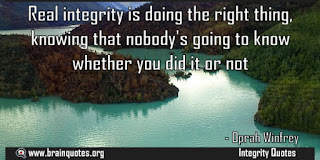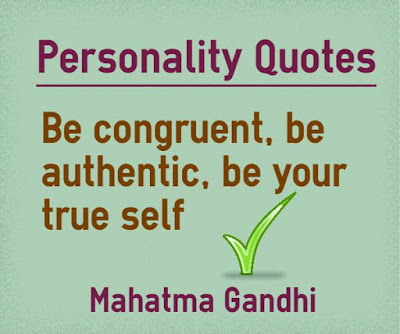Powerful Leadership
Styles
While there have been plethora of theories over the past
decades concerning the leadership styles and the patterns that impact and
influences the followers and the organizations, still many leaders find it
difficult to hone their leadership skills. This is due to many contradictions
that arise between the leaders having different leadership styles. And some are
even perplexed to decide which road to take.
However, a leader must always bear in mind that even though
styles of leading an organization and manifesting the desired change might be
different but the end is the same. And that is to reach to your objective,
purpose or goals. A leadership style which is unique acts as a catalyst to your
influence on the followers.
A leadership style can bring about two kinds of changes
namely:
·
Organizational Change
·
Employee Engagement
Since Employee Engagement is directly linked with the
organizational change, therefore, it is necessary for a leader to focus on
people more than on the organization. If the leader can release the abilities
of the employees by having a healthy relationship with them and providing them
more & more opportunities for growth. Then the employees are automatically
going to lead the organizational change. And therefore, employee engagement
with its consequent impact on employee productivity is one of the key drivers
of organizational performance; and organizational change often in turn have a
significant impact on employee engagement.
The following are the different styles of leadership that a
leader is given or sometimes inculcated by themselves. But before that, it
should be kept in mind that no one style of leadership is universally
applicable. Each of them has its own positives and drawbacks. A leader must
choose his/her own leadership style depending upon the time of execution of a
particular task.
1.
Authoritarian Leadership: This type of leadership style is also
referred to as the autocratic form of leadership. In this style of leadership,
the leader is the head of the organization and takes control of all the
decisions and dictates processes & tasks to the organization. Leaders with
authority make decisions on the basis of their own judgment and ideas. They
rarely accept the advice of their subordinates.
 |
| Powerful Leadership Styles |
It’s a style In which a leader seeks complete control over a
group or a task in hand. The following are the traits that can be observed in
authoritarian leadership:
·
Little
input is taken from subordinates.
·
Followers
do not have a sense of significance with
such leaders because of their rare engagement in the decision making process.
·
Leaders
with this style have an aim to just get the job done and hence, there is no
growth environment or empowerment enablers in that organization.
·
Relying
on Authoritarian leadership over the long-term is generally not beneficial for
the organization.
2.
Laissez Faire Leadership: This type of leadership style is
completely opposite to the authoritarian leadership. Unlike an authoritarian
leader, a Laissez faire leader provides complete freedom for the people to work
and to make their own decisions such a leader provides little to no input to
the people.
While the leader takes complete responsibility and management
of the task, they provide their people to make decisions on their behalf which
empowers them to achieve the goals with a greater level of motivation.
Leaders with this style simply acts as an incubator for the
growth of their employees which ends up in the growth of the organization.
Therefore, success of the company is solely dependent on the performance of the
employees which is dependent on freedom that the leader offers.
The only disadvantage of Laissez Faire leadership is that
leaving the employee with very little guidance makes them much more vulnerable
to mistakes and there is also an uncertainty regarding the completion of the
task.
3.
Servant Leadership: A servant leader is the one whose
motivation is to meet the needs of his/her team members so that they could work
without any ramifications or worries about their finances or other day to day
activities.
A servant leader completely transforms an organizations which
results in the establishment of trust within the team members which leads to an
effective management and allocation of resources.
4.
Democratic Leadership: As the name suggests, it is a type
of leadership where the process of decision making, sharing of views and
opinions is valued. The benefit of this style is that it facilitates open
discussion and the sharing of views and opinions thereby increasing the
potential of the innovators and the organization.
This style of leadership is beneficial for many leaders as it
provides a balance which is required for successful implementation. The
decision making may not be so quick in this style, but the decision made in the
end are much rational and produce more growth.
CONCLUSION
From the above discussion, we came to know about the various
leadership styles that a leladers can exercise in their organization to
accomplish the desired goals.
·
Authoritative
leadership: This leadership style is totally based on the position aspect and
does not promote employee engagement & growth.
·
Laissez
Faire Leadership: A leader with this style provides little input& encourage
employee freedom.
·
Servant
Leadership: A servant leader is concerned about the needs of the people to create
a healthy working environment
·
Democratic
Leadership: Decisions are made keeping the opinions and views of the members
equally important as that of the leader.






































